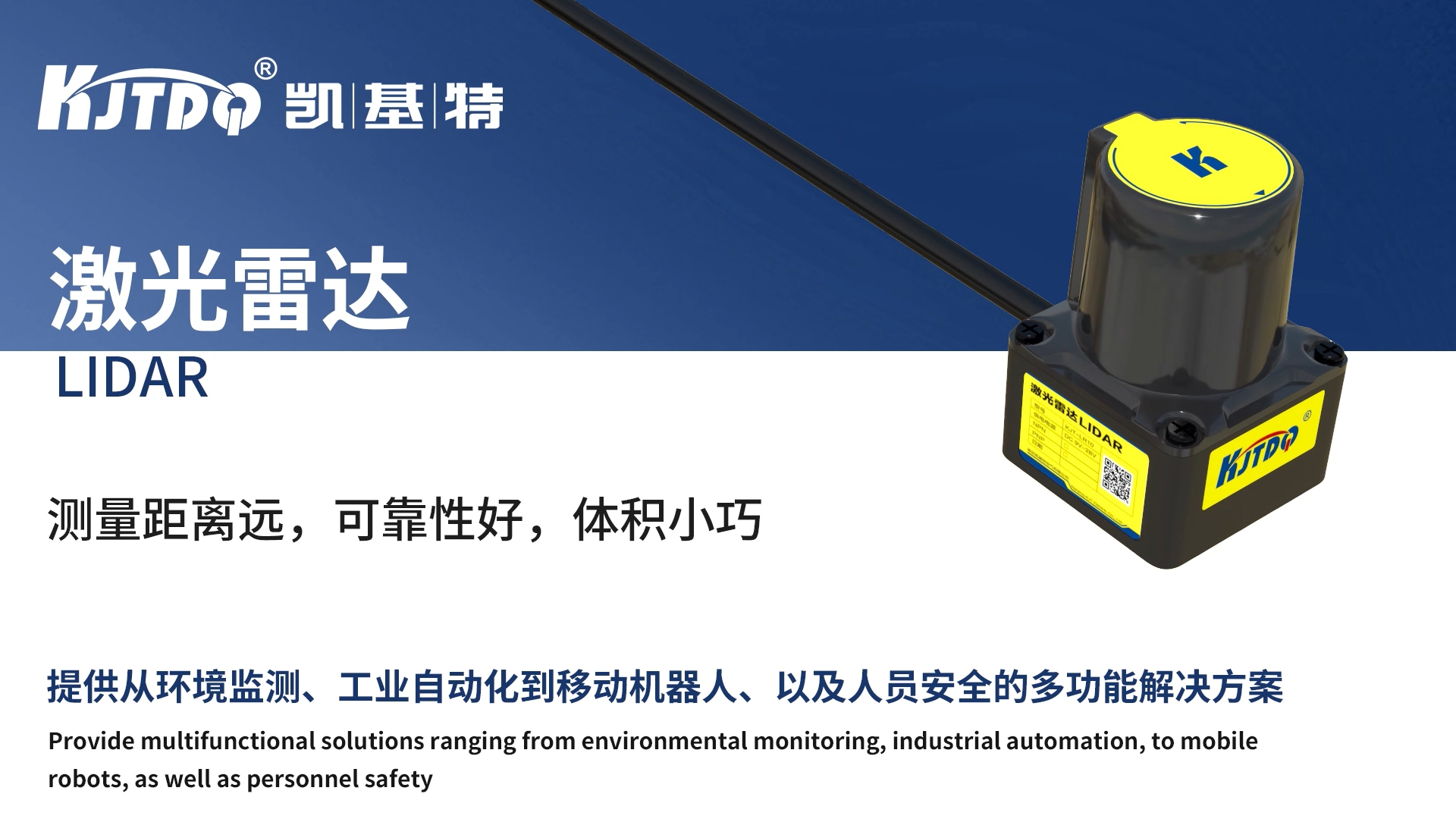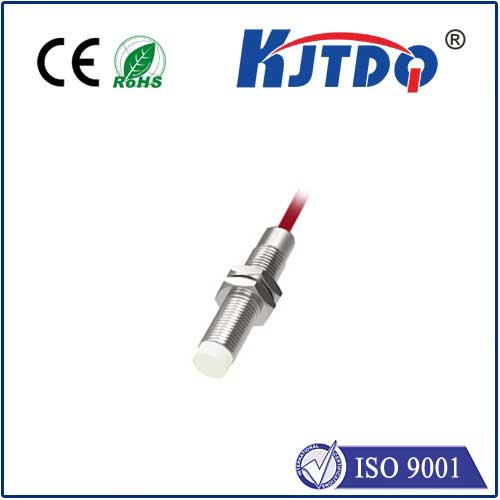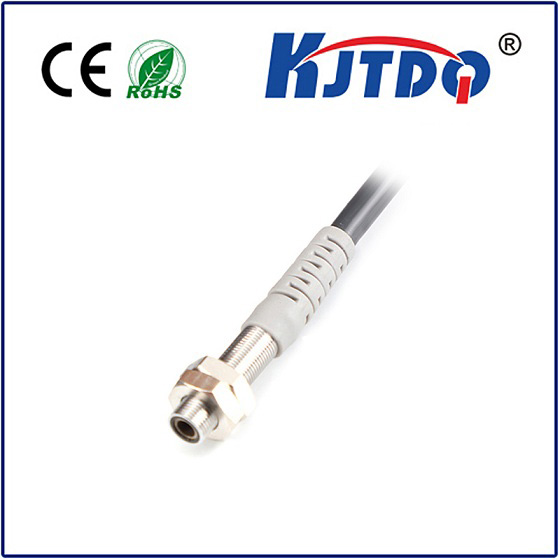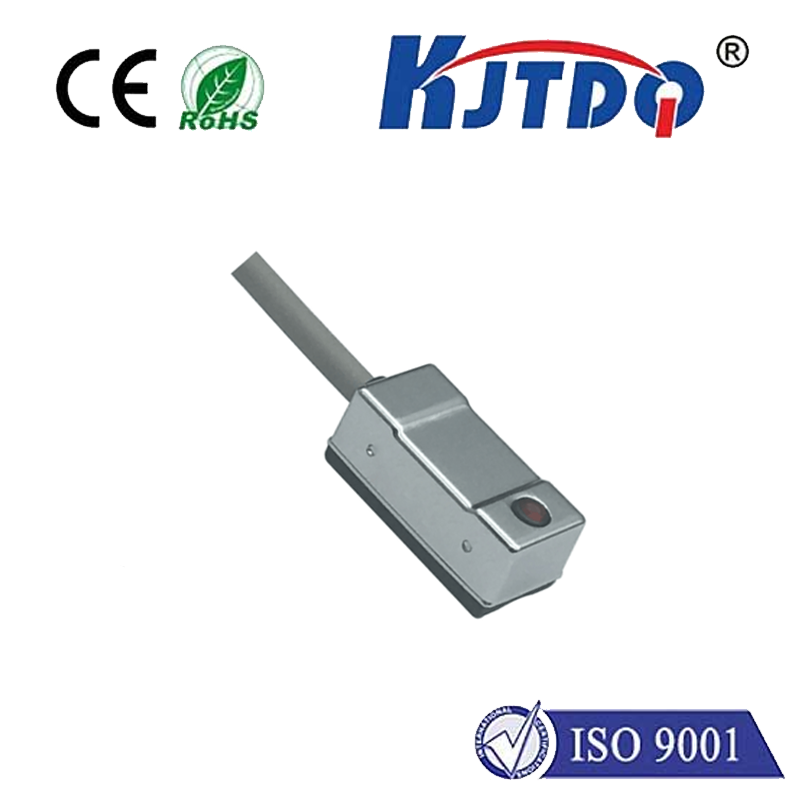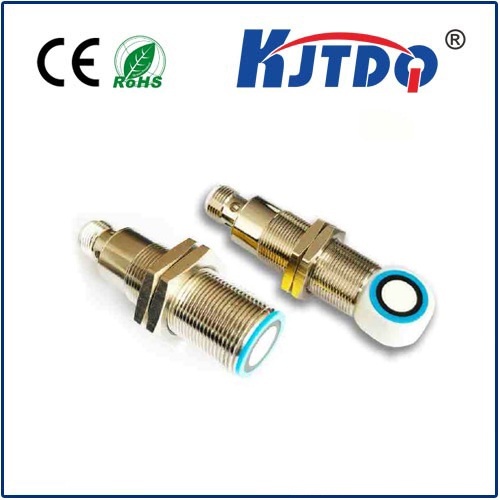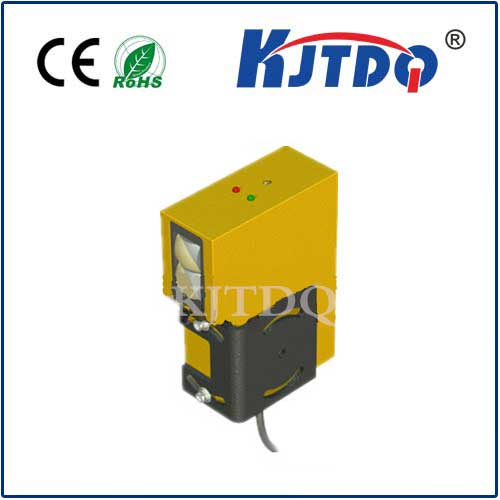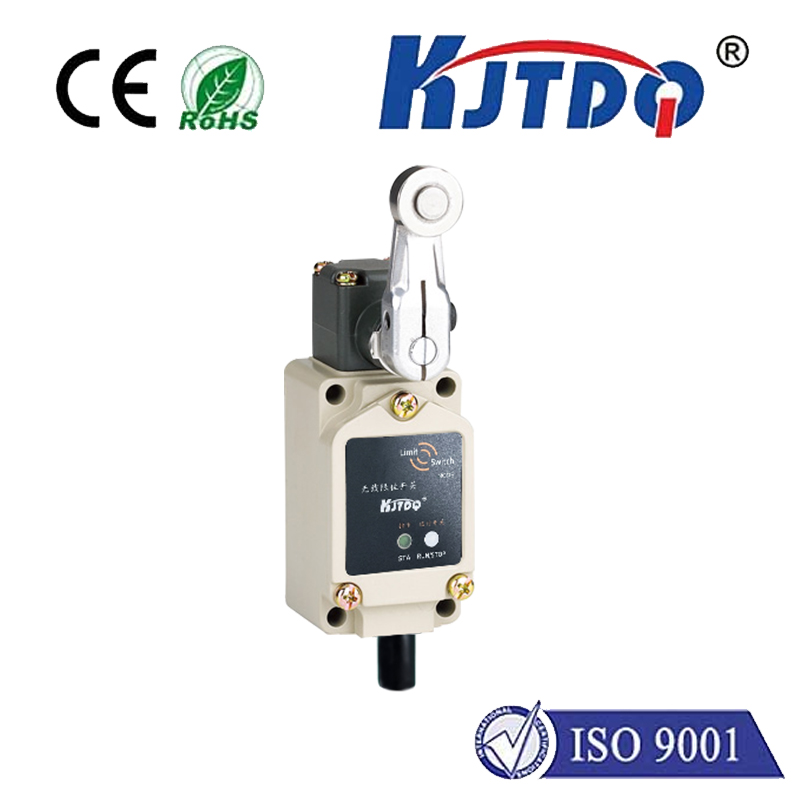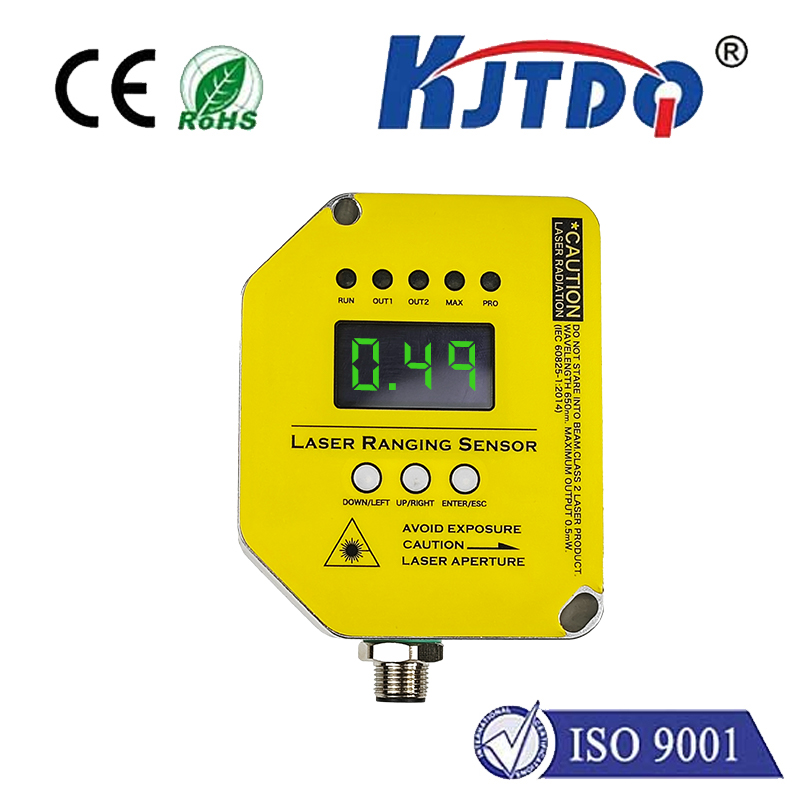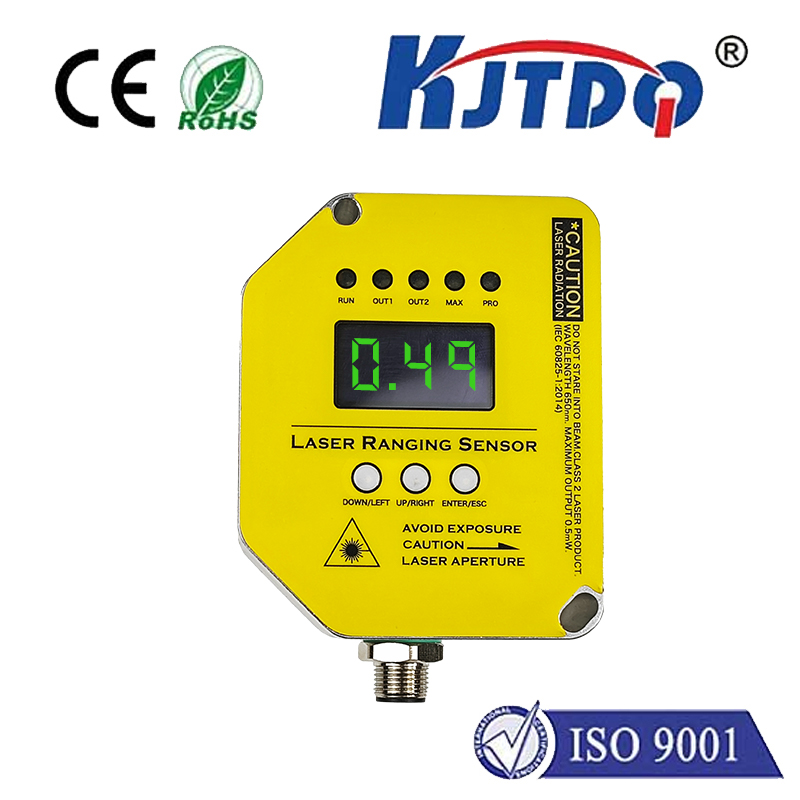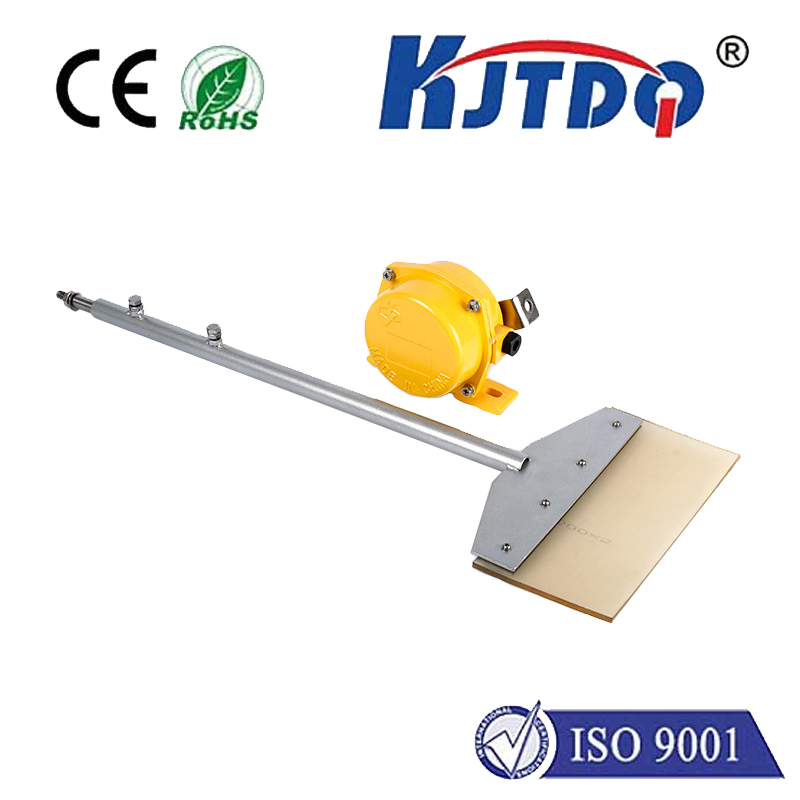switch crane
- time:2025-08-08 02:26:20
- Click:0
Switch Cranes: The Precision Giants Powering Rail Yard Efficiency
Imagine orchestrating the complex ballet of trains in a bustling rail yard. Locomotives shuffle, freight cars couple and uncouple, and immense loads need repositioning. In this demanding environment, where brute strength meets surgical precision, one specialized machine stands out: the Switch Crane. Far more than just a lifting device, it’s the indispensable powerhouse and nimble problem-solver of modern rail operations.
Why the Switch Crane Reigns Supreme in Rail Environments
Unlike standard mobile cranes designed for open sites, the switch crane is intrinsically engineered for the unique challenges of railways. Its defining characteristic? Rail-mounted mobility. Instead of tires or crawlers, it operates directly on the same tracks as the trains it serves. This isn’t just a convenience; it’s a fundamental requirement for safety and stability when maneuvering multi-ton loads amidst intricate track networks and overhead catenary wires.
The core mission of a switch crane revolves around critical rail infrastructure maintenance and efficient yard operations:

- Precision Switching: True to its name, it excels at physically moving rail cars (wagons) short distances within a yard—placing them onto specific tracks, assembling trains, or clearing sidings. This is its most iconic role, replacing slower, less flexible methods.
- Heavy Lifting in Constrained Spaces: Need to replace a malfunctioning locomotive engine, hoist a transformer onto a flatcar, or install long sections of rail? The switch crane provides the necessary lifting capacity (often 50 tons to 250+ tons) right where the work is needed, often without disrupting adjacent tracks significantly.
- Infrastructure Maintenance & Renewal: Lifting and placing pre-assembled track panels, bridge girders, signal gantries, or other heavy components during track upgrades or repairs is a core function. Its ability to work on the track is invaluable here.
- Emergency Response: Derailments require specialized recovery. Switch cranes are often first responders, used to carefully right overturned cars and clear the tracks swiftly and safely.
Engineering Excellence: Key Features of Modern Switch Cranes
Modern switch cranes are marvels of specialized engineering, incorporating features designed explicitly for safety and performance within the rail corridor:
- Rail Travel System: Dual or multiple powered axles ensure strong traction and smooth travel along the rails. Essential components include flanged steel wheels and often automatic rail clamps or brakes for secure positioning during lifts.
- Hydraulic Stabilization Systems: Outriggers or hydraulic rail grippers deploy to lift the crane slightly off its wheels and distribute its weight directly onto the sleepers (ties) during lifting operations. This is critical for stability and preventing track damage under heavy loads.
- Multi-Function Boom: A robust telescopic or lattice boom provides significant reach and height. It’s equipped with a main hook block for heavy lifts and frequently a smaller auxiliary winch for lighter or more precise tasks. Precise load control is paramount.
- Operator Cab: Designed for exceptional visibility in all directions, the cab is typically elevated and often features 360-degree views. Ergonomic controls and advanced instrumentation give the operator full command over complex movements. Modern cranes incorporate load moment indicators (LMI) and anti-two block systems as standard safety features.
- Self-Contained Power: While some older models might rely on external power or a locomotive, modern switch cranes are predominantly diesel-hydraulic or diesel-electric, providing self-sufficiency for movement and lifting operations anywhere on the network.
- Compatibility & Safety Systems: They are built to comply with strict railway clearance profiles (loading gauge) and incorporate proximity detection systems and catenary wire safety protocols when working near electrified lines.
More Than Just Muscle: Driving Rail Efficiency
The value proposition of the switch crane extends far beyond its lifting capabilities. It’s a strategic asset for enhancing overall rail yard efficiency and reducing operational downtime:
- Reduced Reliance on Locomotives: Using a dedicated switch crane for car movements frees up expensive locomotives for their primary task: hauling trains over the mainline. This optimizes asset utilization.
- Faster Turnaround: Repositioning cars or performing maintenance tasks directly on site is significantly faster than alternative methods, minimizing delays in train assembly or infrastructure projects.
- Enhanced Safety: Performing complex lifts and movements with a machine specifically designed for the rail environment, operated by trained professionals from a protected cab, significantly reduces risks compared to improvised methods or less suitable equipment.
- Cost-Effectiveness: While a significant investment, the operational efficiencies, reduced damage potential, and versatility often make the switch crane a cost-saving solution over the long term for busy rail operators and contractors.
Innovation on the Rails: The Future of Switch Cranes
The evolution continues. Modern switch cranes increasingly feature:
- Advanced Telematics: Remote monitoring of location, status, fuel consumption, and maintenance needs.
- Hybrid or Fully Electric Drives: Reducing emissions and noise in sensitive areas like urban yards or enclosed depots.
- Enhanced Automation: Features like automatic outrigger deployment, simpler load control systems, and even semi-autonomous positioning assistance are emerging, improving ease of use and safety margins.
The Unseen Backbone
The next time you see the smooth flow of freight trains or witness major track upgrades, remember the unseen giants making it possible. The switch crane, operating with power and precision directly on the arteries of the railway, is more than just heavy machinery. It is a fundamental enabler of rail logistics, maintenance efficiency, and safety. From the meticulous switching of individual freight cars to the monumental task of rebuilding infrastructure, this specialized crane remains an indispensable force, proving that true power lies in the perfect adaptation to the environment it serves. Its unique blend of strength, mobility, and rail-specific engineering ensures it will continue to be a cornerstone of efficient and safe railway operations for decades to come.










